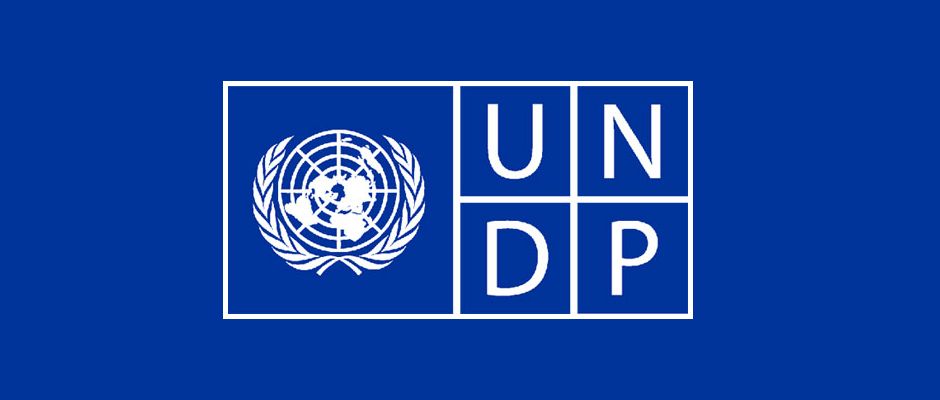
Decentralization on government functions can improve institutional quality and government functions. Over time, the manners in which governments provide services to their populations have changed due to administrative capacities and technology; the physical and fiscal traditional forms of government decentralization have evolved to include virtual decentralization. Physical decentralization involves creating subnational branches or tiers of government, fiscal decentralization deals with greater subnational control over tax collection and government spending, and virtual decentralization uses the internet to provide information and access to various government services (e.g., health advice, tax filings, passport applications, and business registration) to populations.
This paper by Goel and Saunoris studies the effects of various forms of government decentralization on institutional quality using cross section data from 120 countries. Corruption and the shadow economy are used to proxy for institutional quality, and virtual, physical, and fiscal decentralization represent the various forms of government decentralization. Corruption and the underground economy are two widely recognized illegal activities that impact the effectiveness of government policies. A greater prevalence of corruption and/or the underground sector undermines government control over policies and their enforcement, signifying a diminished state of institutional quality.
The econometric results of show that virtual decentralization is relatively more effective in controlling both corruption and the shadow economy, relative to other forms of decentralization. Findings on the effectiveness of (physical) decentralization are similar to previous findings in the literature; however, the results with regard to virtual decentralization are new. Further, the effectiveness of e-government in reducing corruption supports earlier findings with a different specification and sample and without consideration of the shadow sectors.
Thus, it can be concluded that policy makers looking to improve governance and to control corruption and the shadow economy should consider the potential benefits of virtual decentralization. The internet-based provision of government services may be cheaper, amenable to faster alterations (e.g., increasing the scope of services offered), have a greater geographic reach, and be relatively less bound by legislative red tape. As the digital divide narrows over time, these benefits are likely to expand.
These are superior advantages over physical decentralization, although not all government services are as equally amenable to virtual decentralization. A larger government, via physical decentralization, could curb corruption through strengthened checks and balances. Moreover, the effectiveness of the rule of law in controlling both corruption and the underground sector is a signal for nations to strengthen this aspect. The externalities to the underground sector from strengthened wage regulations should also be recognized by policy makers. Finally, transition nations warrant some special attention to control corruption and the shadow economy.
Download the full paper here.
Goel, Rajeev K, and James W. Saunoris (2006). “Forms of Government Decentralization and Institutional Quality: Evidence from a Large Sample of Nations,” ADB Institute Working Paper Series No. 562, March 2016.




